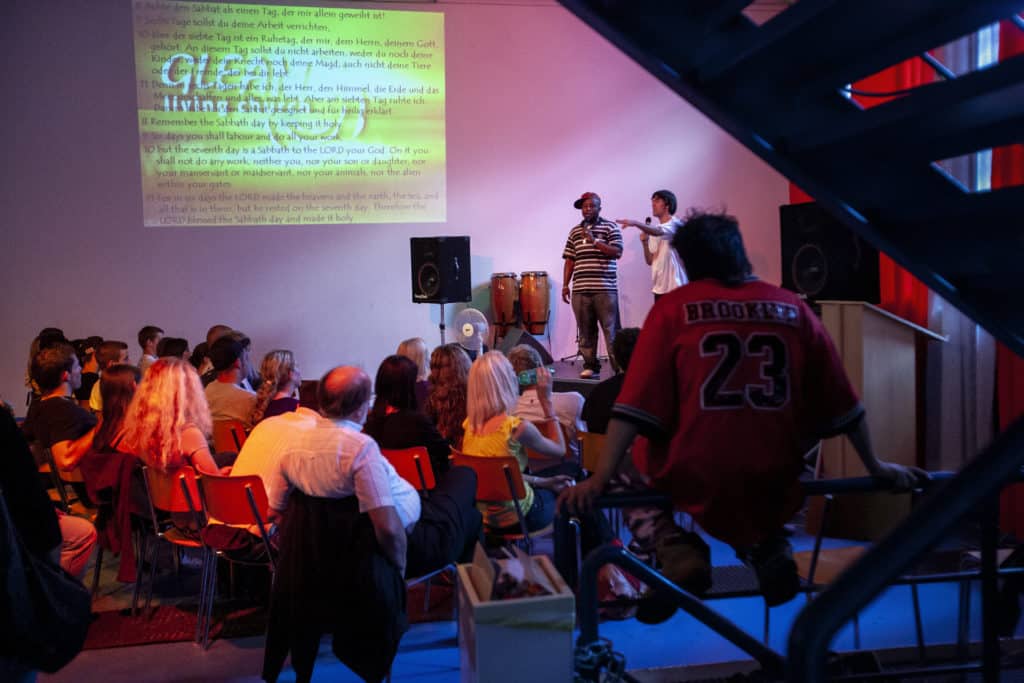Stretching the Short-term Mission Experience
The other evening at the final session of a “Perspectives on the World Christian Movement” course that I had helped facilitate, the moderator asked the students how the course had impacted them. One enthusiastic young lady immediately responded with, “I’m done with this short-term mission trip stuff. Pray for me as I ask my boss for a two month leave so I can go to Haiti long term!”
The difference between short and long term in missions has become rather ambiguous. Can it now be that “short-term” is a trip up to two weeks, and anything beyond that, as this young lady seemed to infer, is now considered “long term?” But for me, the issue goes beyond duration of short-term mission trips. I have begun to question the overall value of the current generally accepted practice of sending anyone, especially our youth, on mission trips of less than two years.
It is estimated that annually two million North Americans take short-term mission trips, most being up to two weeks in length. It is not uncommon for large churches to send out 20-30 separate short-term mission teams over the course of a year. Most of these teams are primarily comprised of youth. But are we depriving these youth, and the good of the mission movement altogether, the greater benefit of engaging in a longer-term cross-cultural mission experience? Are we expending so much time, money, and resources into multiple short trips, that we are missing the greater missional advantages of infusing young people with a vision and passion of serving Jesus for an extended period of 18-24 months instead? Would we not see better kingdom results overall if, instead of young people participating in 6 to 8 short trips scattered over several years, we prompt them to willingly volunteer for a one-time mission of two years?
There is a well-known group that does this, and I think we have something to learn from them. The Mormons do not force or require any of their young people to go on mission, but most of them readily do! Beginning from when they are young, they are infused with enthusiasm by their parents and elders with a desire to go on that kind of mission. Motivated to do so, Mormon teenagers save earnings from jobs, then family members and congregations chip in, to make their mission financially possible. Starting with age 18, they are permitted to go wherever the Church sends them. They don’t take multiple two-week trips like Protestant Christians do. Instead they go only on one mission, consisting of 18 months (for girls) or two years (for guys). My question to us Protestants: is not the Mormon mission model (NOT message) far superior to ours?
What would it look like if we were to place a moratorium on all less than two-year mission trips for young people, and instead energize them to go for two years? I can see quite a few advantages for our churches: better cohesion of mission, better use of funds, better commitment by both those who are sent and those who send, better stewardship of resources, better acceptance on site of these two-year workers by the long-term missionaries they assist, better impact at location because of longer influence, and better understanding of the Mission of God. Not only that, mission agencies would gladly welcome them on board.
There are obvious advantages for the young person also. When I was a full-time mission professor, I would challenge my students to engage in mission in this very way. I had a lecture I gave at the end of the semester entitled, “Give 2 years of your life to God in cross-cultural ministry and He will give 4 things in return.” I would then elaborate on the 4 benefits: 1) a wider worldview, 2) a deeper passion for souls, 3) a higher sense of self-worth, and 4) a clearer direction in life. “You will not have these ingrained in your very being with anything less than a two-year cross-cultural experience,” I told them.
Realistically, it will take a major paradigm shift in our current practice of short-term missions to move to the stretched “Two-year Model.” But even if a few churches begin, it could gain momentum and swell into the new youth mission movement of the future. I’d love to see at least one influential church boldly spark the movement to start that fire.


Responses